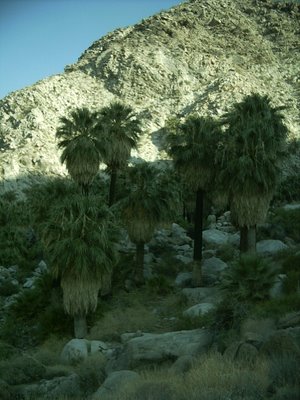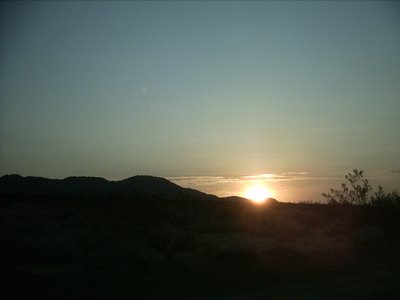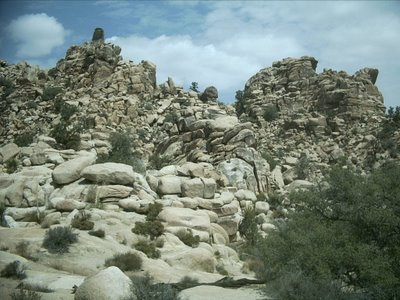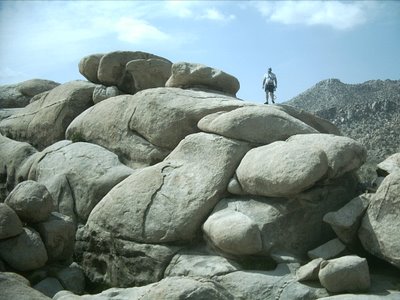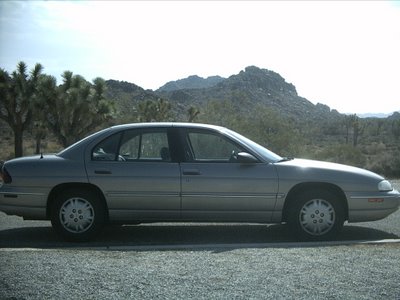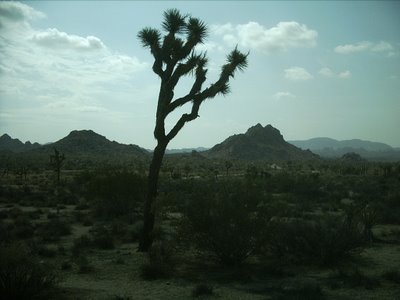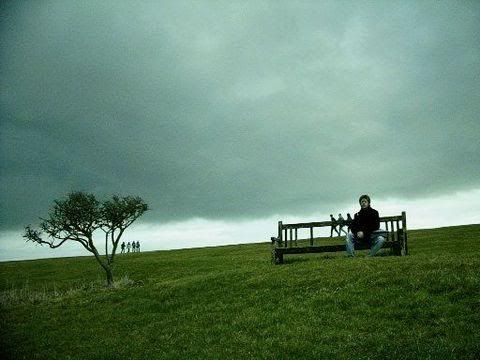What's Shocking?
At the First Things blog On the Square, (recently revamped, happily, to include a much wider variety of voices, but, sadly, much less Richard John Neuhaus) R.R. Reno responds to Michael Linton's interesting but ultimately unconvincing proposal of a theological interpretation of Andres Serrano's infamous "transgressive" photo, the title of which I won't reproduce here.
Reno's entry resonates powerfully with my experience, and is a testament to the incendiary cultural moment to which we are just now beginning to arrive. The transgression of the establishment is boring. The subversion by the elites is tired. De Sade died almost two centuries ago; isn't it time we buried him?
Reno writes, and I would echo him: "The avant-garde today is to be found in piety and love." His students are "shocked by self-discipline, piety, loyalty, and love." This is my experience as well, but only when a professor allows his students to be shocked. At least in my English classes, far too often there is a disgracefully dismissive flippancy from teachers towards representations of the highest forms of human achievement in literature, which preemptively shields the student from the shock of these truly radical ideas.
In the 21st century, joy is new. Caritas is revolutionary. It's past time for the inauguration of a new avant-garde and the burial of the old guard. But what, after all, will the new one look like? That's what I'm eager to find out.
Reno's entry resonates powerfully with my experience, and is a testament to the incendiary cultural moment to which we are just now beginning to arrive. The transgression of the establishment is boring. The subversion by the elites is tired. De Sade died almost two centuries ago; isn't it time we buried him?
Reno writes, and I would echo him: "The avant-garde today is to be found in piety and love." His students are "shocked by self-discipline, piety, loyalty, and love." This is my experience as well, but only when a professor allows his students to be shocked. At least in my English classes, far too often there is a disgracefully dismissive flippancy from teachers towards representations of the highest forms of human achievement in literature, which preemptively shields the student from the shock of these truly radical ideas.
In the 21st century, joy is new. Caritas is revolutionary. It's past time for the inauguration of a new avant-garde and the burial of the old guard. But what, after all, will the new one look like? That's what I'm eager to find out.
